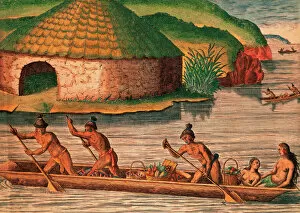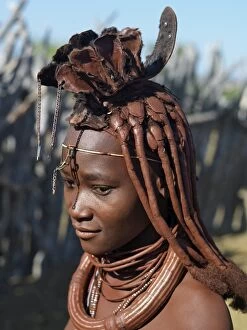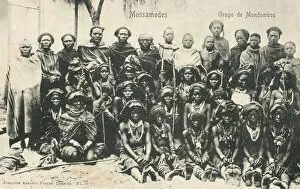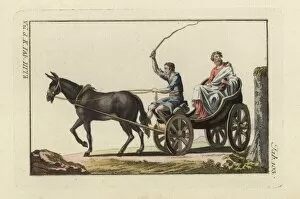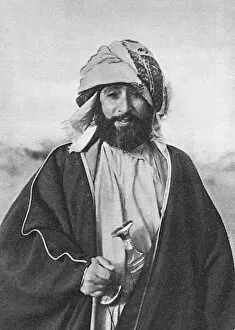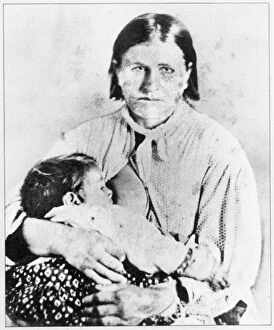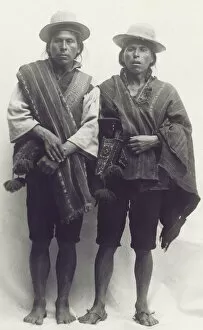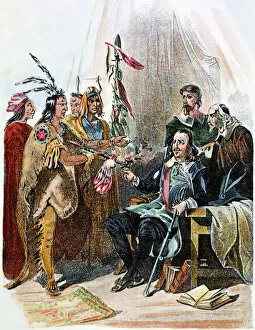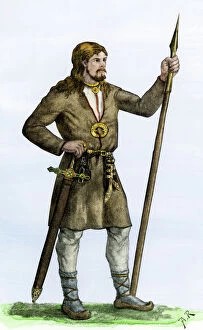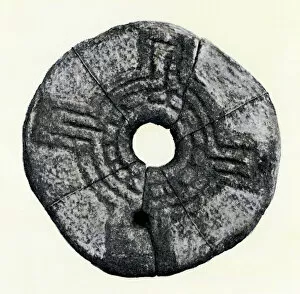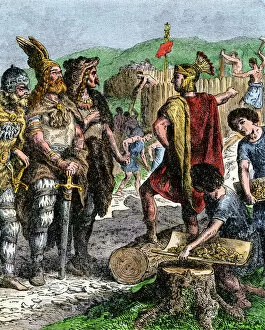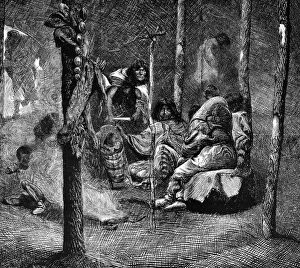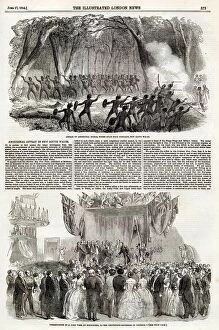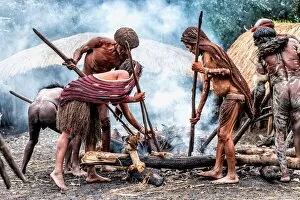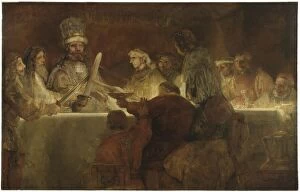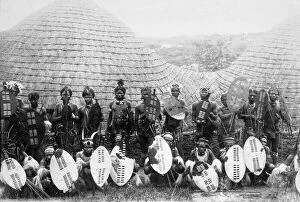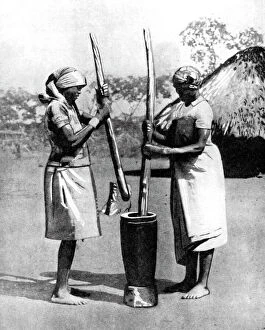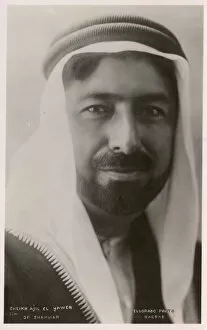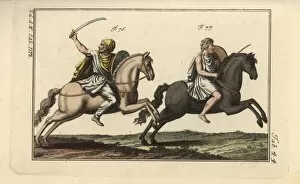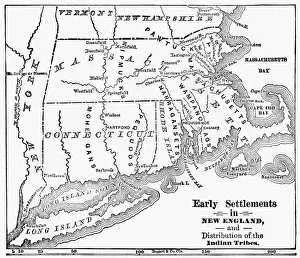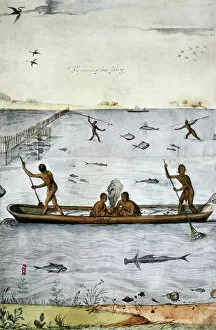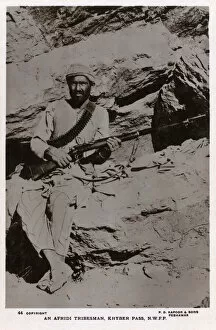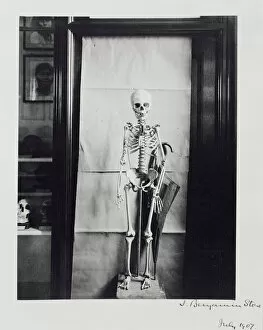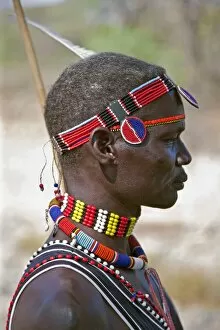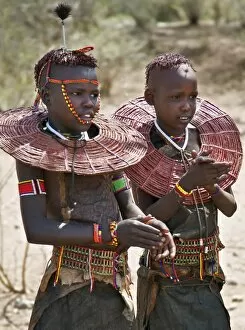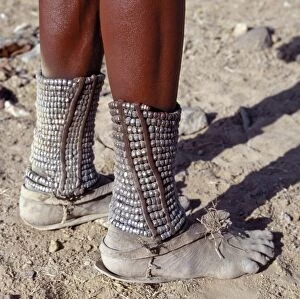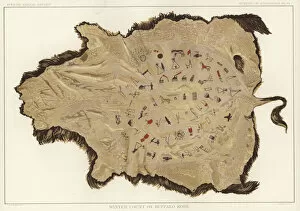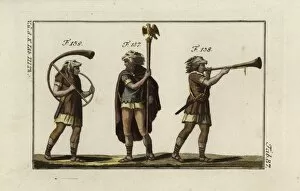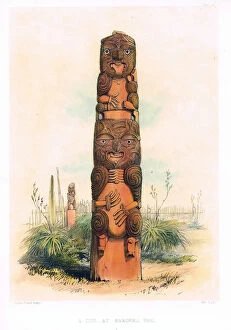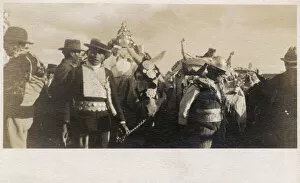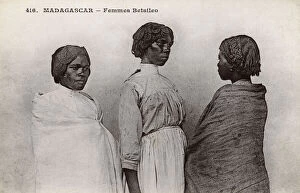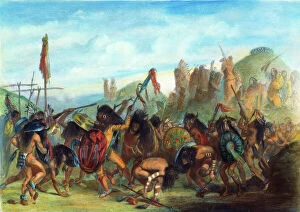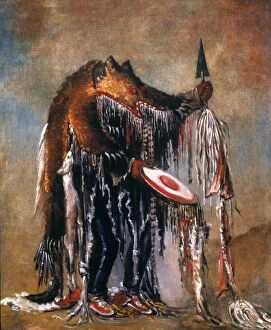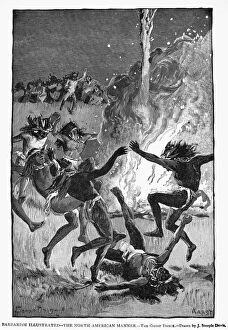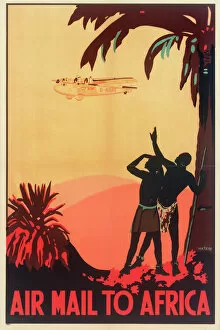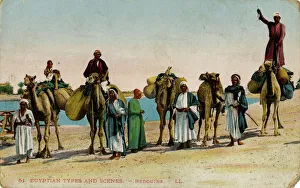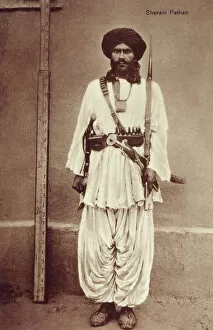Tribe Collection (#2)
"Unveiling the Tapestry of Tribes
For sale as Licensed Images
Choose your image, Select your licence and Download the media
"Unveiling the Tapestry of Tribes: A Journey Through Time and Continents" Step into the annals of history as we explore the intricate tapestry woven by tribes across different eras and regions. From Queen Boudica's fierce leadership in the Iceni Tribe to Tecumseh's indomitable spirit as chief of the Shawnee tribe, these remarkable figures have left an indelible mark on their respective cultures. Travel back to 597 AD and witness a map of Britain, where tribal territories dotted the landscape, each with its unique customs and traditions. The Roman conquest brought both conflict and assimilation, forever altering the dynamics between tribes like Boadicea's Iceni and their conquerors. Venturing beyond Europe, we encounter Diego Rivera's captivating mural depicting pre-Columbian life in Mexico City. Here, amidst vibrant colors and intricate details, lies a testament to the rich heritage of Zapotec civilization – a tribe that thrived long before European colonization. Across vast oceans lie American Indian tribes whose locations in 1715 are marked on maps. These indigenous communities nurtured deep connections with nature while preserving their ancestral wisdom through storytelling and rituals passed down through generations. Journeying further into ancient times, Italy reveals its own tapestry of tribes etched onto historical maps. Witness how these diverse groups shaped early Italian society before it evolved into what we know today. In this exploration of tribes from various corners of our world emerges a common thread – resilience against adversity. Whether it be Queen Boudicca inciting Britons to revolt or Native American chiefs defending their lands against encroachment, these leaders embodied unwavering determination for their people’s rights. Finally, delve into anatomy as we examine skulls from 1841 – remnants that remind us all humans are part of one global tribe sharing our collective past.

